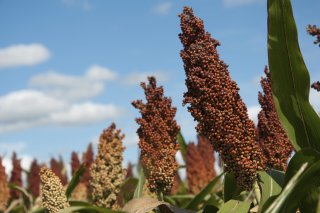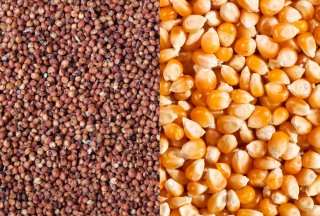How to Prepare an Efficient Producer Petition under the Renewable Fuel Standard Program
The EPA developed the Efficient Producer petition process (EP3) for corn starch and grain sorghum ethanol producers that demonstrate superior process efficiency through reduced onsite energy consumption, increased fuel output and/or use of biomass or biogas from certain sources to reduce process energy greenhouse gas emissions. Petitions that seek the EPA's evaluation of other fuel production technologies will require additional analysis, and therefore will not be able to use this expedited review process.
Ethanol facilities seeking an EP3 pathway that allows co-production of corn starch ethanol and fiber ethanol should consult the following document for guidance on the process steps: Guidance for Ethanol Facilities Seeking an Efficient Producer Pathway that Allows Co-Production of Corn Starch and Fiber Ethanol (pdf)
The steps in a successful EP3 process are as follows:
- The petitioner reviews information about whether they can use the EP3 process
- The petitioner submits an EP3 petition
- The EPA conducts an expedited petition review
- The petitioner registers for their new pathway(s)
- The petitioner documents their compliance with the new pathway and generates RINs
1. The petitioner reviews information about whether they can use the EP3 process
EP3 petitions are currently limited to those involving pathways with the following production characteristics.
A. Production Process Characteristics
- The pathway requested is for fuel produced through a dry mill ethanol production process using only corn and/or grain sorghum as feedstocks.1
- The ethanol feedstocks used at the dry mill facility include only: corn starch, corn kernel fiber, other minor components of corn kernels, or grain sorghum kernels.
- Produces distillers grains (or distiller grains and solubles) co-product that is intended for use as animal feed.
- The facility uses one of the following, or a combination of any of the following, for all of its process energy:
- electricity from the grid
- natural gas
- coal
- certain types of biogas
- certain types of biomass
- More detailed information: How to Prepare an Efficient Producer Petition Version 1.3 (pdf)
B. Lifecycle Greenhouse Gas Emissions
- To evaluate an EP3 petition, the EPA uses the emissions factors previously developed for the Agency's lifecycle GHG analyses for previous RFS rules.
- The following EP3 Lifecycle Greenhouse Gas Calculator spreadsheet tool is provided to help petitioners understand the Agency's lifecycle GHG calculations, and the emission factors developed for previous rules. Included below is version 1.3.1 of the GHG Calculator with instructions.
2. The petitioner submits an EP3 petition
Pursuant to the regulations at 40 CFR 80.1416, petitions must include mass and energy balance data for the requested pathway. For EP3 petitions, this would include average annual mass and energy balance data over the past year and/or as projected into the future, demonstrating how the requested fuel pathway will meet the applicable lifecycle GHG emissions reduction threshold (e.g., 20% GHG reduction for renewable fuel D-code 6 RINs).
- For detailed information on the EP3 process: How to Prepare an Efficient Producer Petition Version 1.3 (pdf)
- For more information on how to submit a petition to the EPA: How to submit a complete petition
3. The EPA conducts an expedited petition review
A successful expedited review will include the following steps:
a. The EPA staff reviews the petition and confirms that it includes all of the necessary information.
b. The facility-specific determination document is signed by EPA official with the delegated authority to approve or deny RFS new pathway petitions.
c. The determination document is e-mailed to the petitioner and posted on the EPA's website.
d. EMTS is updated so that the petitioner can register for the new pathway(s).
4. The petitioner registers for their new pathway(s)
A successful registration process shall include the following steps:
a. The petitioner uses the OTAQREG system to provide all of the information required for registration pursuant to 40 CFR 80.1450, and all additional required information as specified in the signed pathway determination document.
b. The registration materials and accepted by the EPA are the pathway is activated in EMTS.
5. The petitioner documents their compliance with the new pathway and generates RINs
a. The petitioner complies with the recordkeeping and reporting requirements specified in the signed pathway determination document that applies to their facility. The standard EP3 determination includes a condition that facilities will need to calculate the 365-day rolling average lifecycle GHG emissions for their ethanol, and ensure that all gallons satisfy the applicable GHG reduction threshold before generating RINs. The standard determination document includes associated conditions related to registration, recordkeeping and reporting.


